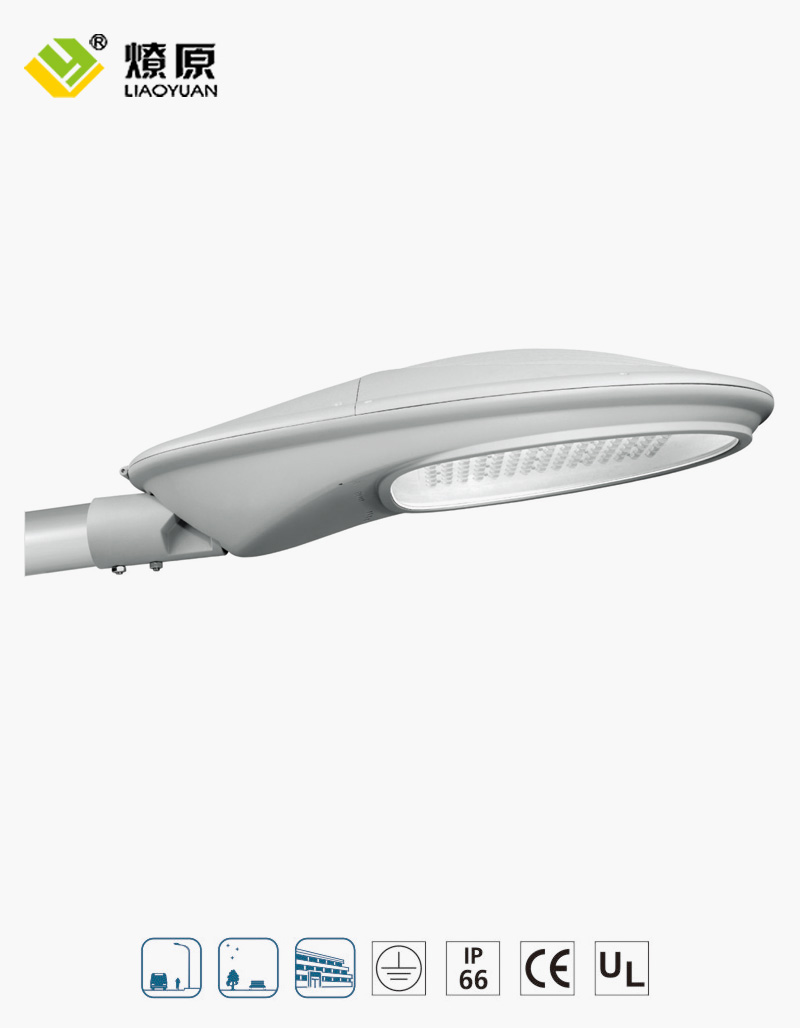Summary:
When installing outdoor lights, you have many choices. Depending on the type and manufacturer, outdoor lights typically have three wires: ...
When installing outdoor lights, you have many choices. Depending on the type and manufacturer, outdoor lights typically have three wires: a black or red (hot) wire, a white or gray (neutral) wiring, and a ground wire. Make sure to connect these wires black to black and white to white. You should also connect the ground wire to the light's base. Make sure that the outdoor light's base is grounded.
When considering the location of your light fixtures, consider the area of the house where you plan to install it. Hanging lights, for example, are a great choice for front entryways and outdoor seating areas. They create a more formal appearance, and are available in a wide range of styles. Flood lights, meanwhile, are a great option for exterior lighting. They can be installed in a side yard, above a garage, or even above the patio door. Flood lights are also great for security purposes, and many come with motion sensors.
You should also consider the size of your lights. Outdoor lights should be at least one third the height of your door. You can find decorative lights that are dimmable, which is ideal if you want to use them for accents instead of illumination. You should also consider purchasing ceiling fans for your outdoor areas, which are great for keeping you cool as well as illuminating your outdoor space.
Modern outdoor lights often incorporate sleek design elements. They usually use modern materials and designs and have flat surfaces. They also may be designed to break the mold and incorporate futuristic designs. Then again, you can choose a traditional style light with elaborate designs and classic finishes. Traditional outdoor lights will blend well with an older style home, while modern styles will complement a wide range of styles. Choose whichever style you prefer. You'll be glad you did.
Post-mounted lanterns are another option for lighting driveways and pathways. Depending on the length of the post, you can either use a wall-mounted post or secure a lantern to a natural post. Most outdoor light fixtures require an electricity source, so you'll need to attach it to your home before installing it. If you're not comfortable securing a post to a fence or wall, you can consider using a pier-mount adapter to mount the light.
Smart/connected outdoor lights can be connected to your smart home devices. Some of them can be controlled remotely with a smartphone. Wi-Fi or Bluetooth makes it possible to control them from anywhere. You can also choose between a light that automatically switches on and off depending on the time of day. The most important thing to consider is whether or not the lighting is intended for wet locations. If you want to be environmentally friendly, consider installing a light with an UL listing.
If you choose to use wall-mounted outdoor lights, you need to make sure that the surface is strong enough to support the weight of the light fixture. If the wall mount is sturdy, you can choose a semi-flush-mount model. If you want to install a flush-mount fixture, you need to use a wall that's at least eight feet tall. Otherwise, you'll have to install the light on the wall, which is another option.

